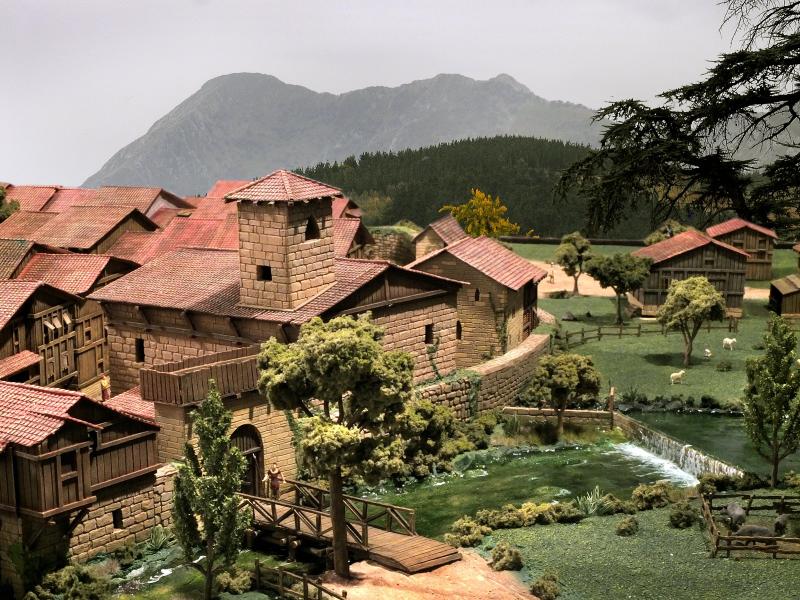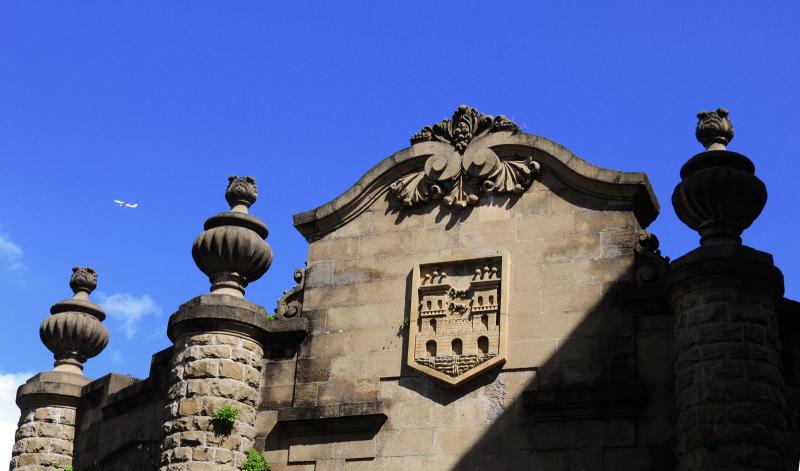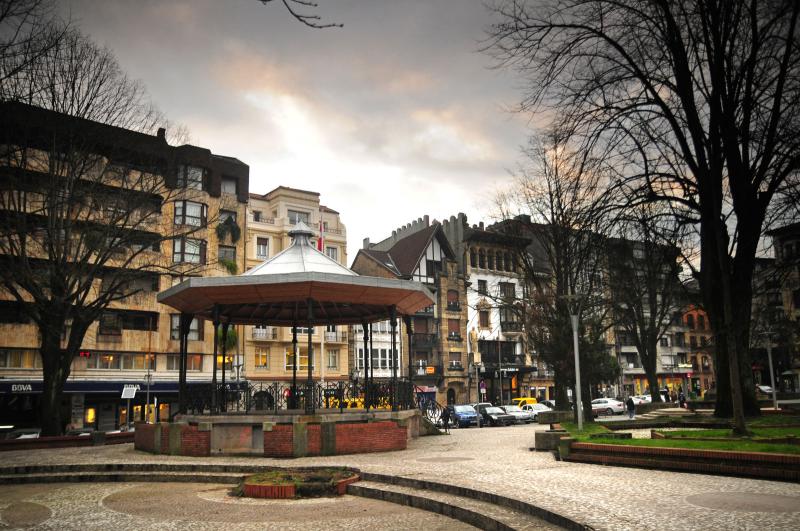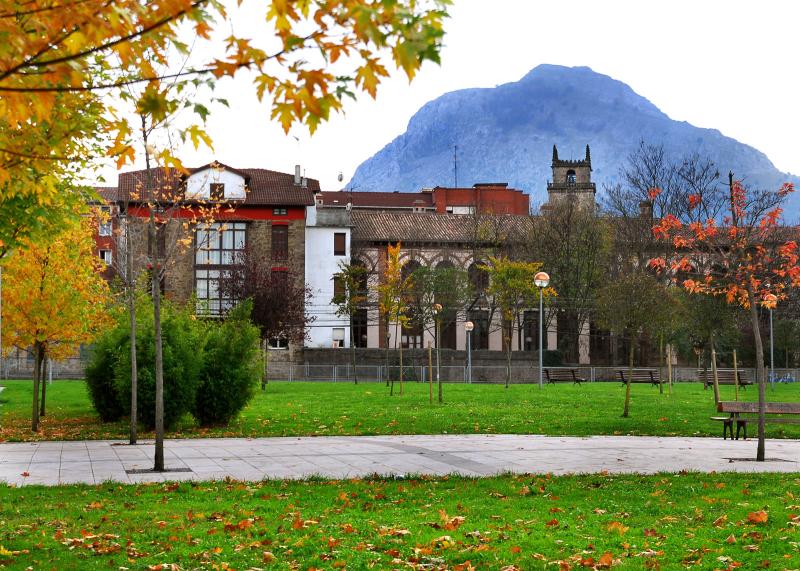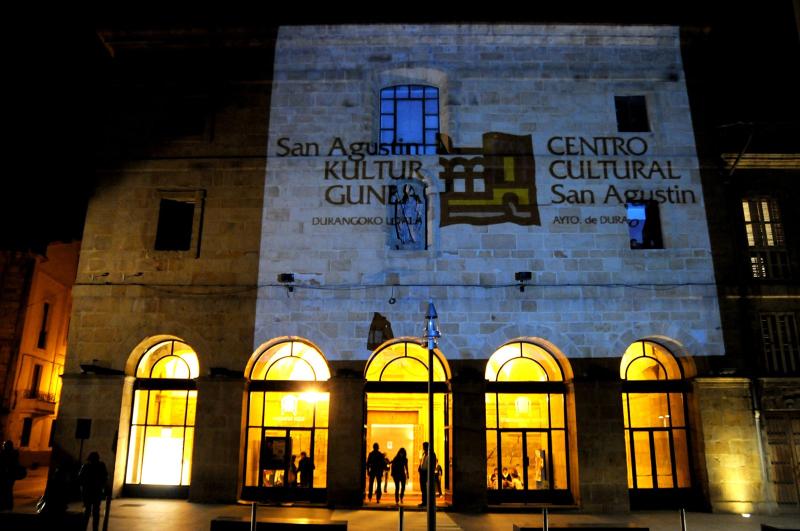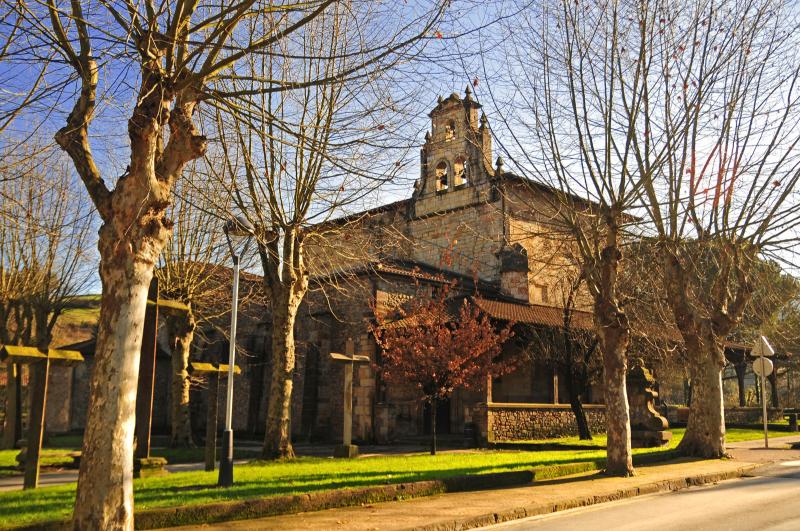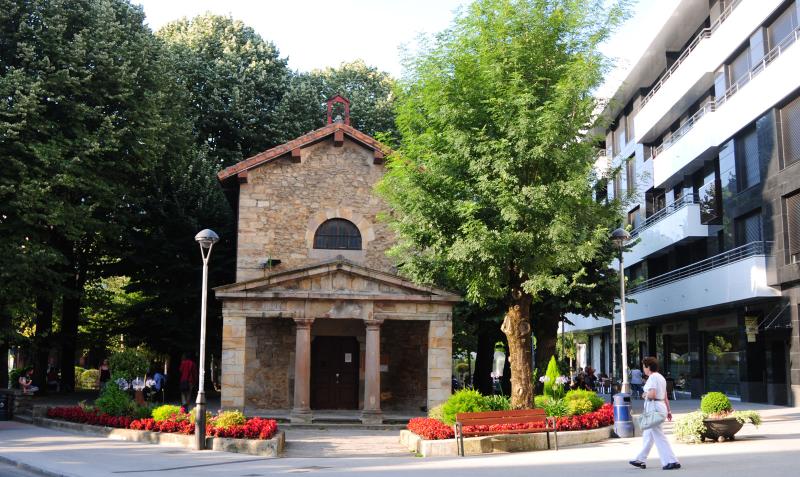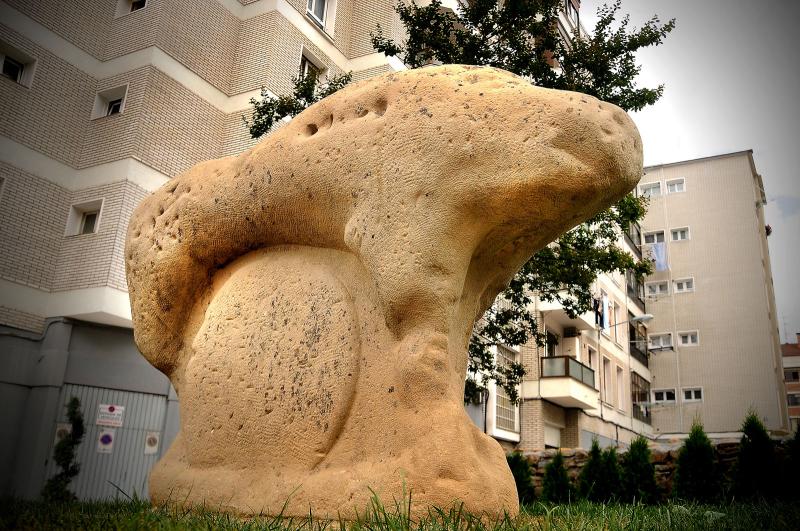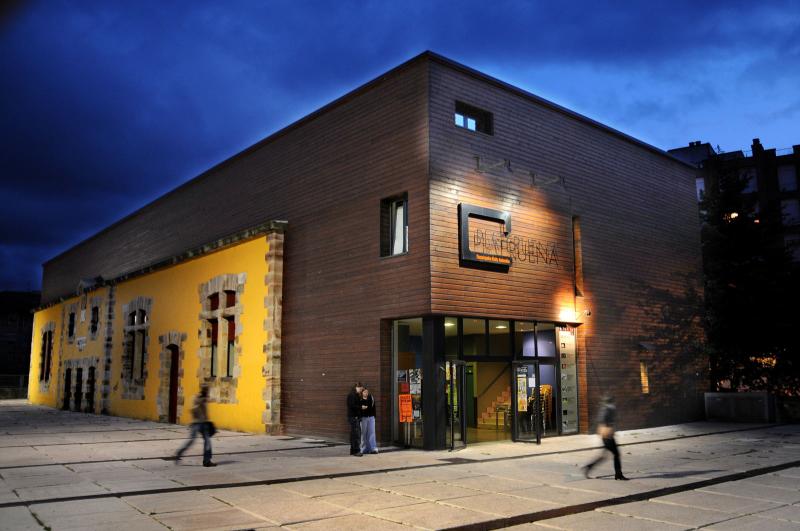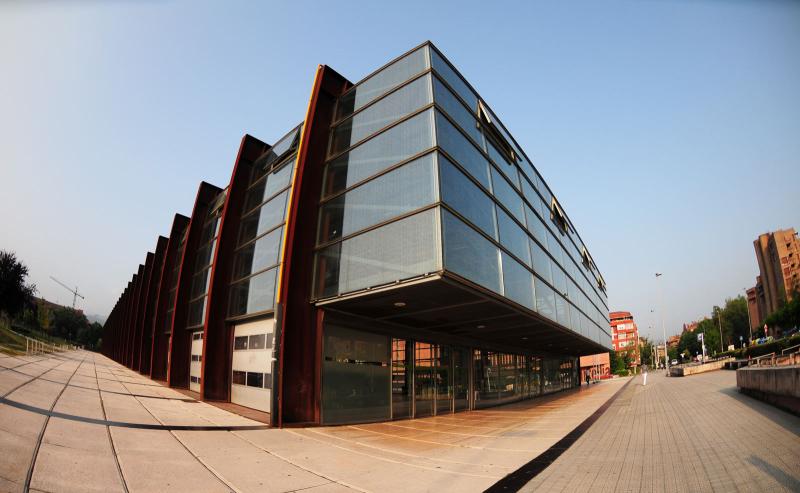The origin
Sadly, no record survives of the original "Carta Puebla", a document that laid out its privileges and jurisdictional status, which gave rise to the "Tabira de Durango".
For this reason, we are not certain when the town was first established. Some sources say the XII century, while others point to the XIII century.
The Wall
Durango was a walled town.
Thanks to recent archaeological surveys we have recovered some sections of the wall and we can gauge with a certain degree of precision the limits of the medieval town.
Gates
There were six gates to the town: The Market Gate or Santa Ana, The Gate of Cristo or Kurutziaga, The Gate of Olmedal or San Pedro, The Gate of Zabala or San Juan, The Gate of Nogal or San Martin and The Piedad Gate.
The Arrabales
The "Arrabales" were the settlements that sprang up outside the walls of the town.
There were five: Hermodo also called Olmedal, which was situated on the present-day Plaza Ezkurdi; Zabala or San Agustin, known today as Sanagustinalde, Pinondo, Intxaurrondo and Kurutziaga.
Kalebarria
The greatest concentration of ancient archaeological remains is found in Kalebarria, which is, in theory at least, the last street to be formed and then added to what are presumably the three original streets: Barrenkalea, Artekalea and Goienkalea. Kalebarria means "new street".
Plaza Santa Ana
During a study carried out in 2009, archaeologists made some important discoveries:
- A section of the wall, dating back to the late XII century or early XIII century; remains of the primitive church from the XV century; the wedge of the mill that ran under the square; interments; the mould used for the bell on the present-day church; the furnace used to smelt the bronze for this bell.
The Lariz Tower
The Lariz Tower was built towards the end of the XV century on the site of some of the earliest houses in the town. The archaeological analysis indicates several building phases stretching from the XV century to the XX century.
Tabira
Outside the walled area, in The Church of San Pedro of Tabira, we find evidence of a site occupied since the High Medieval Age.
Etxezarreta Mansion House
This is a good example of a baroque palace, ornamented although restrained, of the type that was built in the Manor in the middle of the XVIII century.
The principal features of the palace are concentrated on the façade of the building, the most interesting being the sun-dial.
In the gardens we can see two sculptures: "Abstraction" by Vicente Larrea Gayarre and "Los Cubos" by Javier Santurtún.

